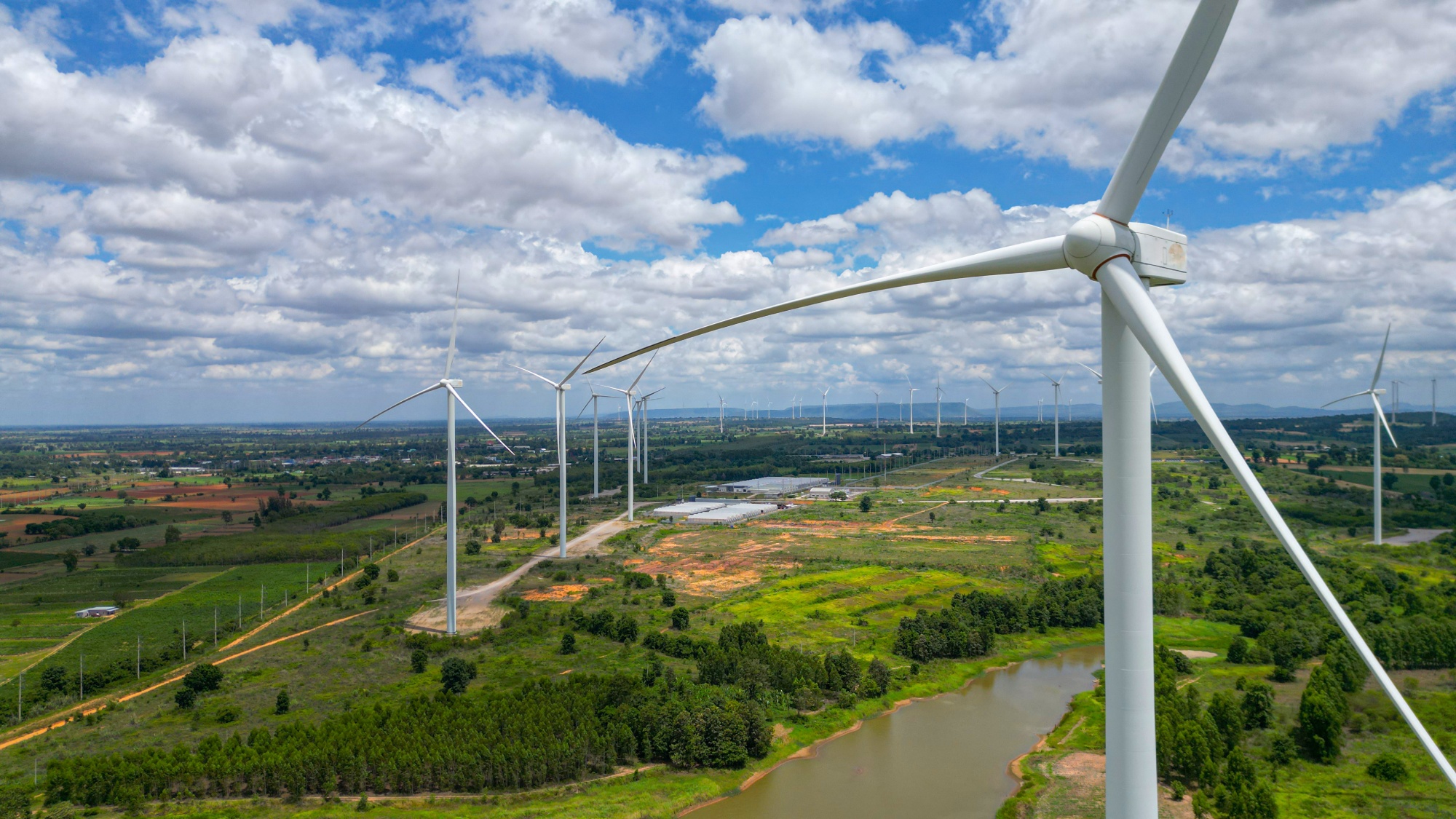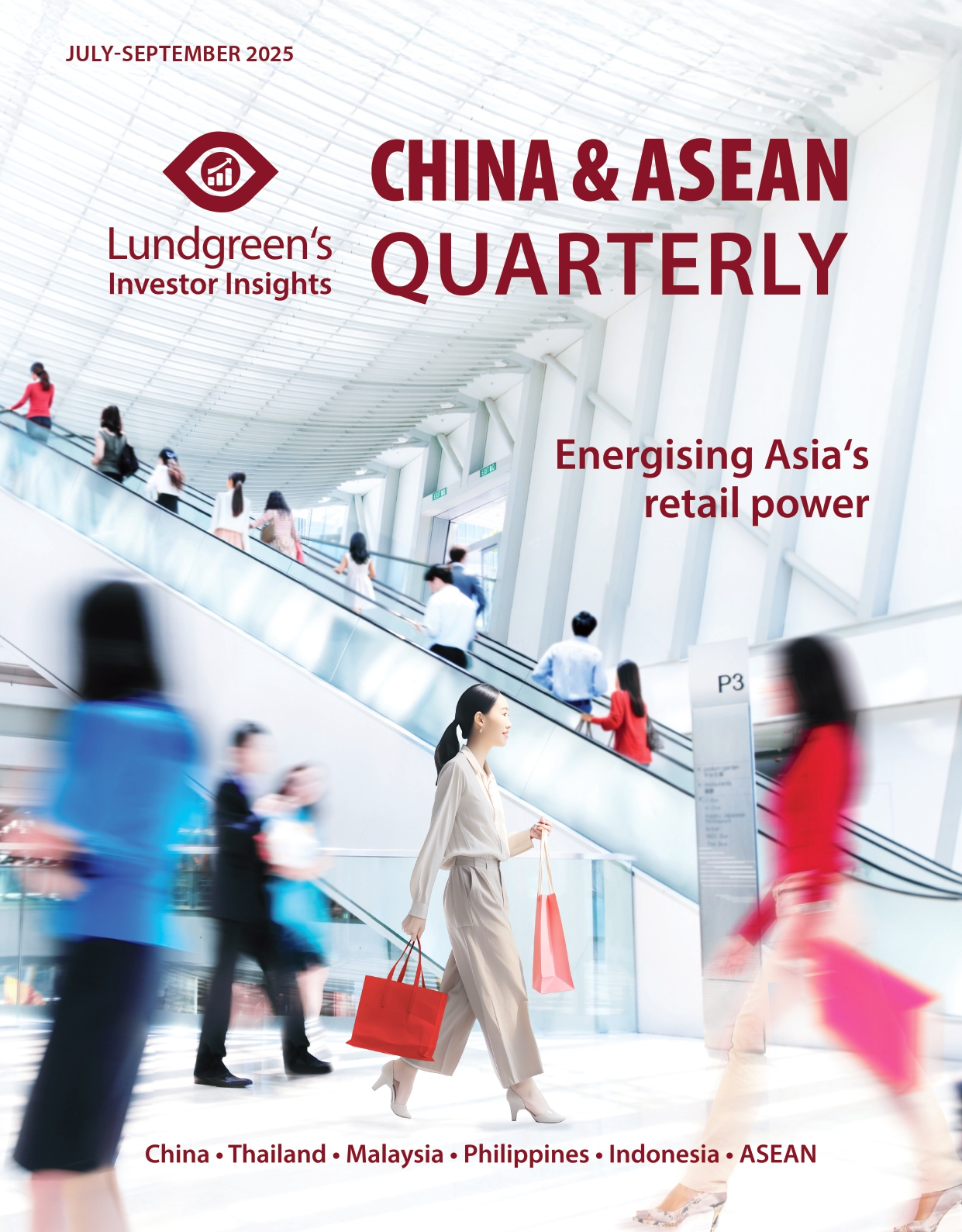Thailand’s economy showing green shoots with clean energy
Thailand is on a quest towards a sustainable future powered by green energy sources. How big is the opportunity in this sector?
Thailand has become active in promoting the robustness of its clean energy resources. Just recently, Malaysian delegates visited Bangkok to strengthen their collaboration in developing clean energy initiatives. Beyond the ASEAN region, Thailand is also working with Sweden to support mechanisms to transition to sustainable energy through smart grids.
One could surmise that the attractiveness of Thailand’s clean energy sector is its pursuit of numerous projects in line with the Sustainable Development Goals (SDG), particularly those focused on affordable and clean energy. Based on the SDG report, the country is ahead of its Southeast Asian neighbours deemed most prepared in the transition to green energy.
Thailand’s commitment to reduce carbon emissions through the power sector reveals how the country is cultivating itself to become a clean energy hub within the region. This sector bears significant potential in supporting the growth of the Thai economy, particularly for attracting foreign investors and contributing to the global value chain for renewables.
Clean energy takes centre stage
Last year, the Thai government announced its National Energy Plan that aims to cut 222 million tonnes of carbon emissions, equivalent to a 40 per cent reduction of nationwide greenhouse gas emissions by 2030. To execute this plan, around THB 2.9 trillion (USD 90 billion) has been invested towards carbon reduction efforts, and half of that amount has been directed to renewable and alternative energy projects.
Over the next decade, the country has over 2,900 clean energy projects worth more than THB 560 billion (USD 17.29 billion). Thailand is hoping to meet its carbon neutrality goal by 2050 and reach net zero emissions by 2065.
Thailand’s quest to be a global green energy hub also creates opportunities for foreign sectoral players, particularly those in the US and within the EU, to establish ties with other Southeast Asian countries. According to the Thailand Board of Investment (BOI), investments in renewables such as solar and wind power could amount to THB 320 billion (USD 9.88 billion). As seen in Graph 1, however, total investments slipped between 2023 and 2024, but Thailand is aggressively promoting the sector to regain its momentum. With the recent implementation of Direct Power Purchase Agreements, which establish competitive pricing schemes for sourcing electricity from clean energy producers, more options are becoming available for green power sources. This would help attract more foreign investments toward Thailand.

Energising the sector
In June 2025, Thailand’s Ministry of Energy updated the Power Development Plan (PDP) to take the lion’s share in the country’s power mix at 51 per cent, followed by natural gas, as soon as 2037. To hasten the clean energy adoption, the plan entails energising data centres – a fast-growing sector amid a rapidly growing digital economy – using renewable power sources. Data centres are projected to expand at a rate of 7.5-8.5 per cent over the next two years to match robust digital transformation and an upbeat e-commerce space in Thailand. In turn, this is seen to support a 2.99 per cent annual GDP growth for the overall Thai economy over the next 12 years.
Combining the digital industry with clean energy sources could attract more international investors and boost Thailand’s allure as an investment destination. Additionally, the 2025 Foreign Direct Investment (FDI) Confidence Index has ranked Thailand as 10th among 25 emerging market investment destinations for the year given the nation’s young and skilled workforce, relative ease of doing business, and abundant natural resources onshore. Simpler rules facilitating wider clean energy adoption align with these goals in stoking additional investments in Thailand.
Graph 2 illustrates the profits generated by select listed firms in the clean energy segment. B. Grimm Power Public Company (BGRIMM) and Global Power Synergy (GPSC) posted double-digit increases in net income following the signing of new partnerships to expand their clean energy businesses in the first quarter of 2025. GPSC, which partnered with Delta Electronics to develop smart energy solutions to broaden access to clean energy in February 2025, saw its net profit grow by 32 per cent to THB 1.14 billion (USD 35 million). Meanwhile, BGRIMM posted a 73 per cent surge in its bottom line in the first quarter, reaching THB 653.93 million (USD 20 million) after entering into a joint venture with a Bhutan-based company to develop hydropower projects.

Sun and wind
A proposed law promoting the shift to rooftop solar panels has been met with mixed responses since its introduction in June. The main concern is that the plan may lead to corruption and abuse of power – worries that could hinder the progress of the bill. However, the government hopes the bill would encourage small- and medium-sized businesses to tap into solar power for their operations to boost the adoption of renewable energy sources while lowering business costs.
Meanwhile, Thailand’s strategic location could harness wind power efficiently, thereby making it profitable for companies engaged in the wind energy industry. An example is Wind Energy Holding which reached a revenue of THB 11.313 billion (USD 35 billion) and sold 3.48 million tonnes of carbon dioxide equivalent between 2021 and 2024. This demonstrates the sheer potential of investing into Thailand’s renewables segment, which is seen to sustain robust growth with rising demand and a clear push from the national government.
Tax incentives for clean tech investment are likewise available, such as an additional 50 per cent on tax deductions for qualified energy-saving equipment that align with environmental, social, and governance standards, and for companies developing a clean tech ecosystem for their business operations. The BOI also provides income tax exemptions of five to eight years and non-tax incentives and allows up to 100 per cent foreign ownership for those venturing into the domestic sector, which opens a window of opportunity for international players.
Thailand is in the heart of surging Southeast Asia, and its step towards green energy sources is a good entry point for market players seeking to participate in the economy’s growth story.
This original article has been produced in-house for Lundgreen’s Investor Insights by on-the-ground contributors of the region. The insight provided is informed with accurate data from reliable sources and has gone through various processes to ensure that the information upholds the integrity and values of the Lundgreen’s brand.






